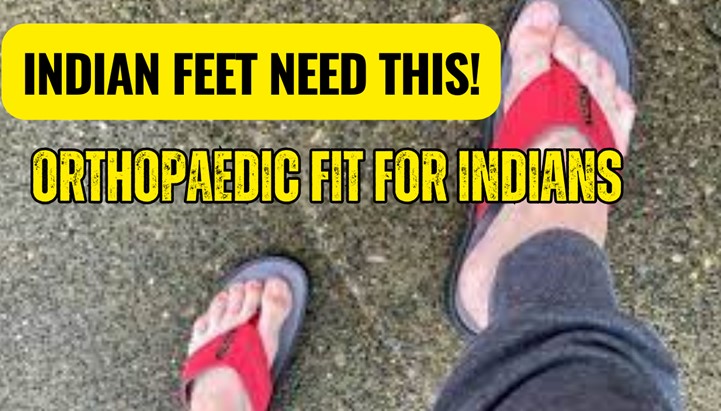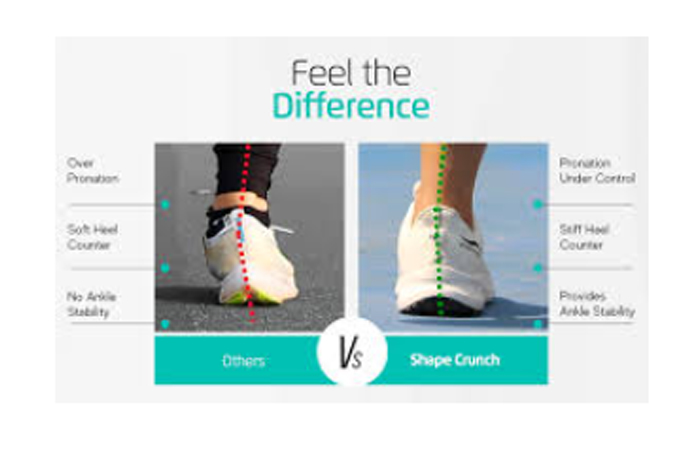

When it comes to footwear, one size definitely does not fit all — especially in India. Our feet are shaped by our genetics, lifestyle, climate, and cultural habits. This means the ideal orthopaedic sandal for an Indian customer will be different from one designed for someone in Europe or the US.
At Upstrol Technologies, Madurai, we specialize in custom orthopaedic sandals and slippers with arch support that are scientifically designed for Indian feet. In this blog, let’s explore what makes Indian feet unique, why orthopaedic sandals are essential, and how the right design can improve foot health for millions of people.
Indian feet tend to have different anatomical features compared to Western feet due to a combination of genetic and lifestyle factors:

In India, footwear choices are heavily influenced by climate, culture, and affordability.
Problem: Most mass-produced slippers and sandals in India lack arch support, heel cushioning, or proper alignment features. Over time, this can lead to plantar fasciitis, heel spurs, bunions, and diabetic foot complications.
India has 77 million+ people with diabetes — the second highest in the world. Foot ulcers and nerve damage are common diabetic complications, making protective orthopaedic sandals crucial.
Teachers, shopkeepers, factory workers, and hospitality staff often stand for 8–10 hours a day, increasing the need for cushioned and supportive footwear.
Indian weather — hot summers, humid monsoons, and dusty environments — means footwear must be:
Orthopaedic sandals for Indian conditions need ventilation without compromising on foot stability and arch support.
At Upstrol Technologies, our orthopaedic sandals for Indian customers include:
For those with medical conditions like plantar fasciitis, flat feet, heel spurs, diabetic neuropathy.
For people at risk of developing problems — e.g., long-hour standing workers, elderly, overweight individuals.
For athletes, runners, and walkers.
Business partners who help us bring custom arch support sandals to more communities.
| Feature | Western Market | Indian Market |
|---|---|---|
| Arch Height | Medium - High | Low - Medium |
| Foot Width | Narrow - Medium | Medium - Wide |
| Climate Focus | Cold / Wet | Hot / Humid |
| Style | Closed Shoes, Boots | Sandals, Slippers |
| Price Range | Premium Heavy | Affordable to Mid-range |
Conclusion: Indian orthopaedic sandals need different materials, fit, and design philosophy compared to Western models.
While ready-made orthopaedic sandals are better than flat slippers, custom-made designs offer the perfect fit:
A 55-year-old shopkeeper in Madurai switched from regular slippers to our custom arch support sandals. His evening foot pain reduced by 80% in just 3 weeks — and he now recommends them to all his friends.
Indian feet deserve Indian-designed orthopaedic sandals. They need to handle our climate, our walking habits, and our medical needs. At Upstrol Technologies, we blend science, comfort, and style to make custom sandals that truly fit your life.
Whether you need therapeutic relief, preventive protection, or performance boost, we have a design for you — with custom arch support that matches your unique foot curve.
Visit our 3 branches in Madurai for a free foot scan & pressure analysis
Call us for a consultation.
DM us on WhatsApp to book your custom orthopaedic sandal fitting.